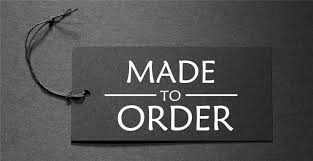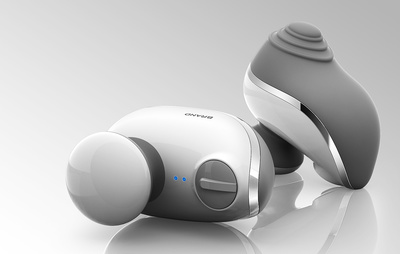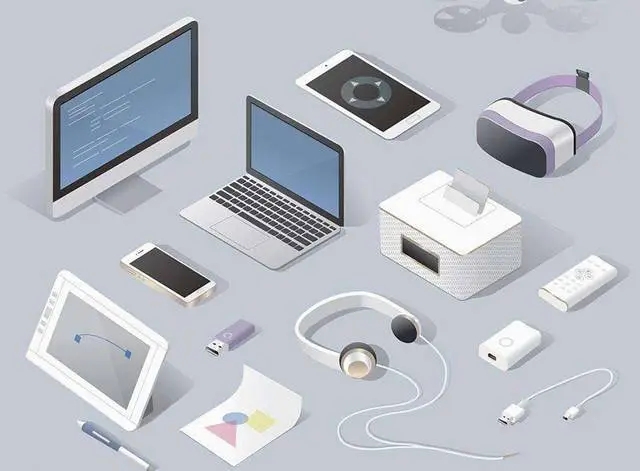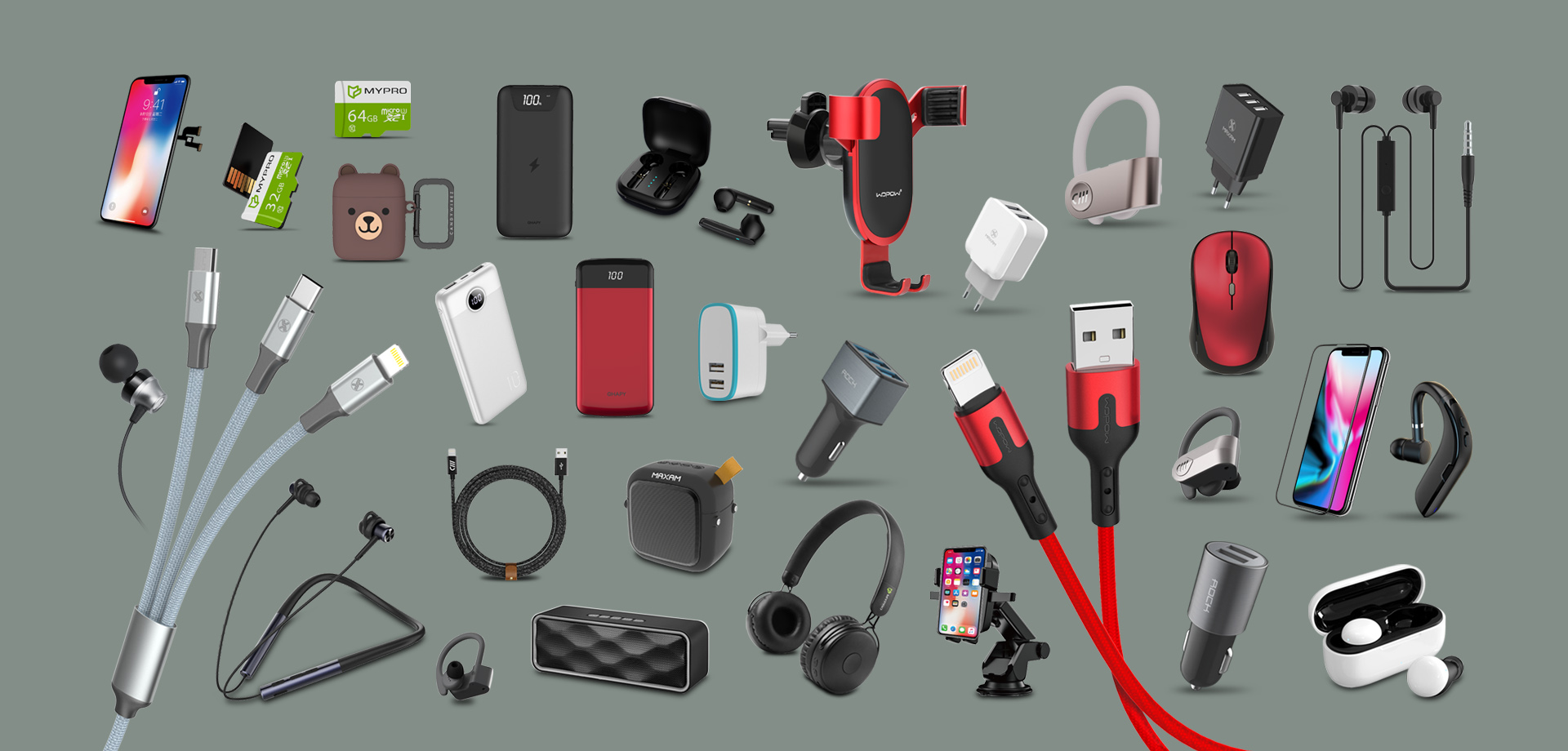In today’s competitive consumer electronics market, product customization is key to standing out. As global consumer demands grow more diverse, businesses need to offer personalized solutions to cater to specific markets. Whether it’s a smartphone with unique branding, a wearable device with exclusive features, or a power bank designed for outdoor enthusiasts, customization helps businesses differentiate their products and increase customer loyalty.
China, as the world’s electronics manufacturing powerhouse, excels in offering cost-effective customization services through OEM (Original Equipment Manufacturer) and ODM (Original Design Manufacturer) solutions. This blog provides a comprehensive guide to achieving customization in electronics sourcing from China and explores real-world success stories.
- Understanding OEM and ODM Services
Before diving into the process, let’s define OEM and ODM services, which are the foundation of customization:
OEM (Original Equipment Manufacturer):
The buyer provides a product design, and the manufacturer produces it under the buyer’s brand. Example: A company designs a power bank and asks a Chinese supplier to manufacture it with their logo and packaging.
ODM (Original Design Manufacturer):
The manufacturer provides a pre-designed product that can be customized to the buyer’s needs. Example: A factory offers a pre-existing smartwatch design that the buyer can modify with unique software or features.
- Benefits of Product Customization
Brand Differentiation:
Customization allows businesses to stand out in a crowded market by offering unique features or designs.
Higher Profit Margins:
Personalized products often justify higher price points, improving profitability.
Customer Loyalty:
Offering tailored products builds stronger connections with customers, especially in niche markets.
Market-Specific Solutions:
Customization helps businesses cater to local preferences, such as specific colors, functionalities, or packaging.
- Steps to Achieve Customization Through Chinese Suppliers
Step 1: Define Your Customization Requirements
Clearly outline what aspects of the product need to be customized, including:
Design: Shape, size, color, or logo placement.
Functionality: Hardware modifications or software features.
Materials: Eco-friendly materials, durable finishes, or premium components.
Packaging: Branded packaging or localized designs for specific markets.
Example: A business launching a Bluetooth speaker for outdoor enthusiasts might request water-resistant materials, rugged designs, and portable handles.
Step 2: Identify the Right Supplier
Search for Specialized Manufacturers:
Use platforms like Alibaba, Global Sources, or Made-in-China to find suppliers experienced in OEM/ODM services.
Look for factories with a strong track record in your product category.
Check Certifications and Capabilities:
Verify certifications like ISO 9001 for quality management and ISO 14001 for environmental practices.
Request product samples or factory visit videos to assess capabilities.
Evaluate Minimum Order Quantities (MOQs):
Many Chinese suppliers offer flexible MOQs, especially for custom products, but ensure the MOQ aligns with your budget.
Step 3: Collaborate on Design and Prototyping
Share Your Vision:
Provide detailed design files, sketches, or reference samples to communicate your customization needs.
Prototype Development:
Most Chinese manufacturers offer prototyping services, allowing you to test and refine designs before mass production.
Multiple iterations may be required to ensure the prototype meets your standards.
DFM (Design for Manufacturing) Feedback:
Work closely with the supplier to optimize designs for cost-effective manufacturing. For instance, they might suggest alternative materials or processes to reduce costs without compromising quality.
Step 4: Oversee Production and Quality Control
Set Quality Standards:
Define quality benchmarks for both the customized features and the overall product.
Specify testing procedures, such as stress tests for rugged devices or software compatibility checks.
Conduct Inspections:
Hire third-party inspection agencies (e.g., SGS, TUV Rheinland) to perform pre-production, in-process, and pre-shipment inspections.
Establish Clear Communication:
Maintain regular updates with the supplier to address issues promptly and ensure timelines are met.
- Real-World Examples of Customization
Customized Smartwatches for Fitness Enthusiasts:
A US-based brand worked with a Shenzhen ODM supplier to create a fitness smartwatch with unique features like built-in hydration tracking and AI-powered coaching.
The supplier provided a ready-made design that was customized with the brand’s software, logo, and packaging.
Branded Power Banks for a Corporate Event:
A European marketing agency sourced power banks from a Chinese OEM factory, requesting custom logos and colors for a corporate giveaway.
The supplier delivered 10,000 units within two months, enhancing the agency’s branding efforts.
- Common Challenges and Solutions in Customization
Challenge: Communication Barriers
Solution: Use bilingual procurement agents or detailed visuals (e.g., CAD files) to ensure clarity.
Challenge: Quality Inconsistencies
Solution: Conduct rigorous quality inspections and request samples from multiple production batches.
Challenge: Delays in Prototyping or Production
Solution: Build buffer time into your project timeline and confirm lead times upfront.
- How to Maximize ROI from Customization
Test Market Response:
Launch small batches to gauge customer interest before scaling production.
Focus on Unique Value:
Invest in features that solve specific customer problems or align with emerging trends (e.g., sustainability or smart technology).
Promote Customization:
Highlight the unique aspects of your product in marketing campaigns to attract attention and justify premium pricing.
Customization is a powerful strategy for businesses looking to compete in today’s dynamic electronics market. By partnering with Chinese suppliers offering OEM/ODM services, companies can create unique, high-quality products tailored to specific customer needs. With clear communication, effective quality control, and smart market positioning, businesses can unlock the full potential of customized electronics and achieve lasting success.






